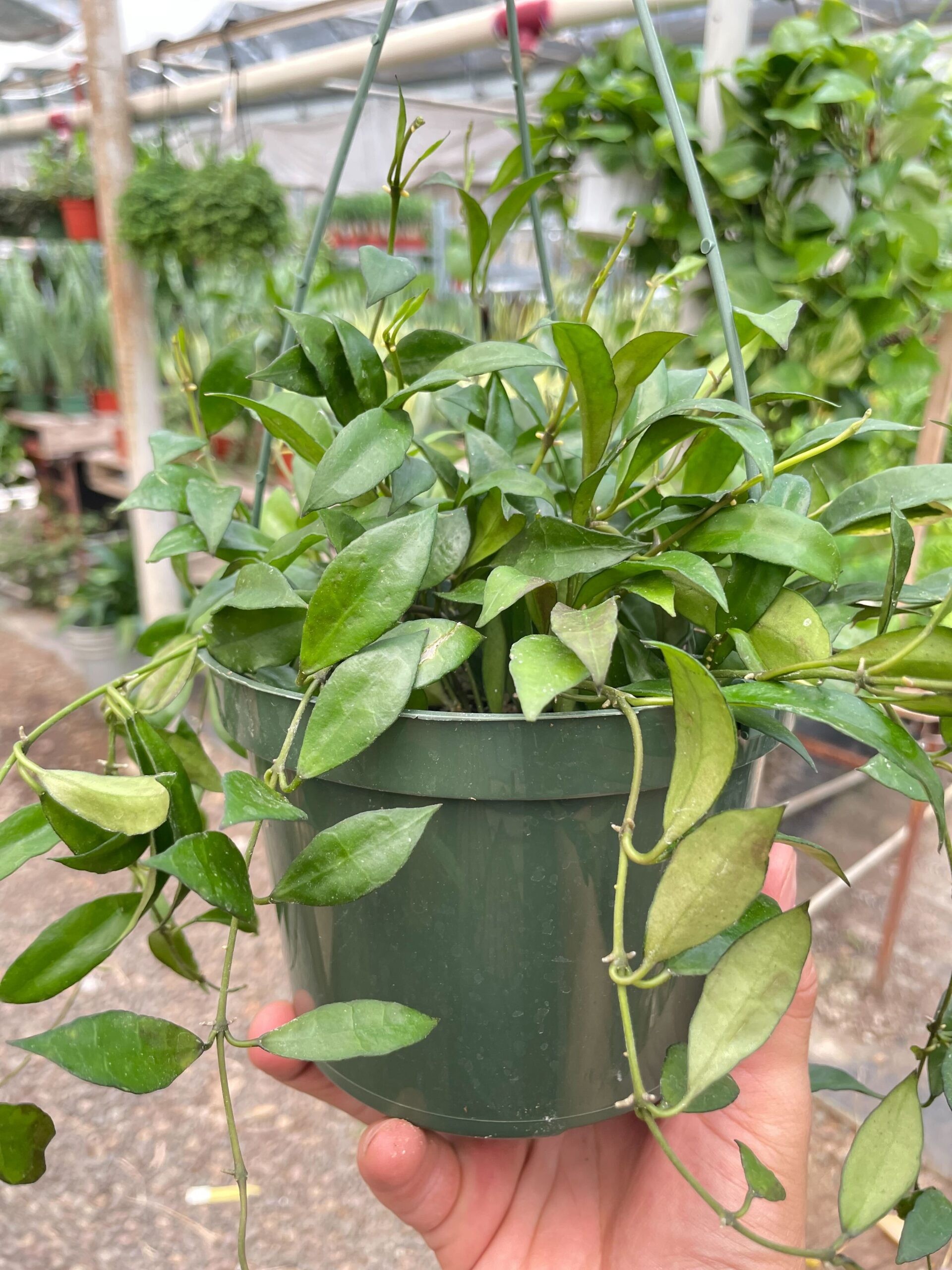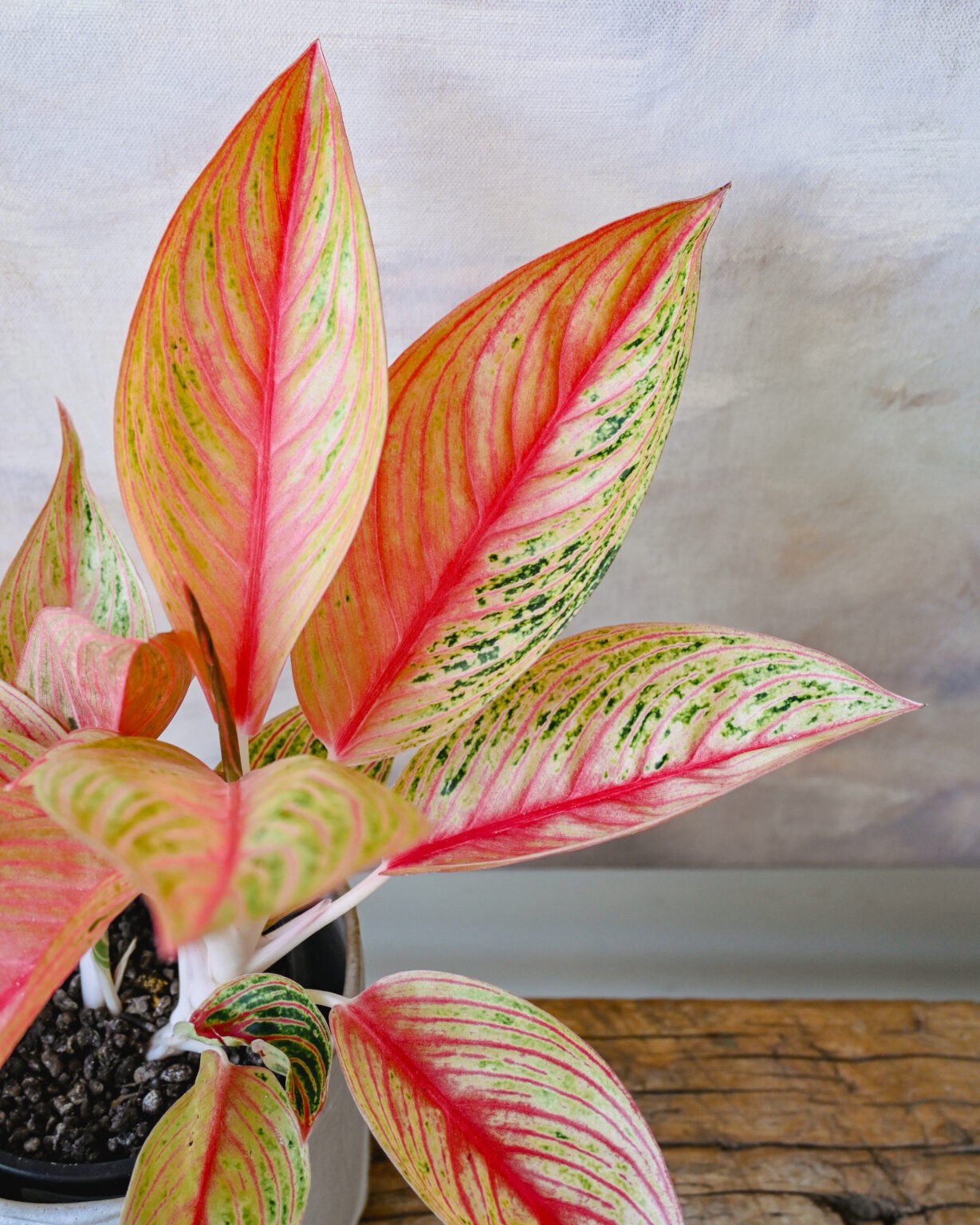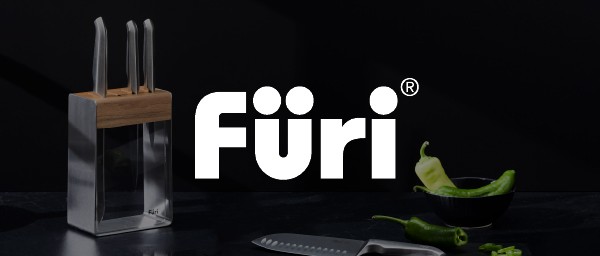
Kitten Ears Plant
Approx $17.73 USD Normally: $39.99

Discover New Zealand's favorite, the Kitten Ears Plant - the ultimate choice for plant enthusiasts! Ideal for NZ homes, this easy-care plant, pet-friendly plant adds a unique touch to your indoor garden.
Shop our Kitten Ears Plant selection, perfect for beginners and expert gardeners. Enjoy the lush, soft-textured foliage of this low-maintenance indoor plant. Available now with fast NZ-wide delivery.
Transform your space into a serene, green oasis with our vibrant, resilient Kitten Ears Plants.
Ideal for apartments plants, offices plants, and homes plants, they purify the air while adding a touch of nature's charm. Find your perfect plant today and join our green-thumb community. Kitten Ears Plant care tips, eco-friendly gardening solutions, and exclusive NZ plant guides available here. Elevate your indoor decor with this stunning, easy-to-grow plant. Order now and bring the beauty of nature indoors!"
Kitten Ears Plant Care Guide:
Light Requirements: Kitten Ears Plants thrive in bright, indirect light but can tolerate lower light conditions. They do well near a north-facing window or in the filtered light of a sheer-curtained south- or east-facing window. Avoid direct sunlight, which can scorch their leaves.
Watering: Water your Kitten Ears Plant when the top inch of soil feels dry. They prefer a consistent watering schedule but do not like to sit in wet soil. Ensure proper drainage to avoid root rot. Water less frequently in winter when the plant's growth slows.
Humidity and Temperature: These plants enjoy a moderate to high humidity environment but can adapt to average household humidity. If your home is very dry, consider using a humidifier or placing the plant on a pebble tray. Ideal temperatures range from 60-75°F (15-24°C). Avoid cold drafts and sudden temperature fluctuations.
Soil and Repotting: Use a well-draining, general-purpose potting mix. Repot the plant every 2-3 years or when it becomes root-bound. Spring is the best time for repotting to give the plant time to grow into its new pot during the growing season.
Fertilization: Feed your Kitten Ears Plant once a month during the growing season (spring through summer) with a balanced, water-soluble fertilizer diluted by half. Do not fertilize in the winter months.
Pruning and Maintenance: Prune any yellow or damaged leaves to keep the plant healthy and encourage new growth. You can also trim back any leggy growth to maintain a bushier appearance.
Propagation: Kitten Ears Plants can be propagated from leaf cuttings or division. For leaf cuttings, place the leaf in moist soil, ensuring the cut end is buried. For division, gently separate the plant into smaller sections and repot each one.
Pests and Diseases: Inspect your Kitten Ears Plant regularly for signs of pests such as spider mites, mealybugs, and aphids. Treat any infestations immediately with insecticidal soap or neem oil. Ensure good air circulation and avoid overwatering to prevent fungal diseases.
By following these care instructions, your Kitten Ears Plant should thrive, bringing joy and a touch of nature to your indoor space.
A relatively small plant, furry kitten is ideal on its own or in terrariums or indoor fairy gardens.Pussy Ears or Furry Kittens (Cyanotis somaliensis): A hairy, trailing plant that brings contrast container arrangements.
The product may be provided by a different brand of comparable quality.
The actual product may vary slightly from the image shown.



















.jpg)









.jpg)





.jpeg)





.jpeg)



.jpeg)








.jpeg)



.jpeg)

.jpeg)

.jpeg)

.jpeg)




.jpeg)
.jpg)

.jpeg)






.jpeg)
.jpeg)




.jpeg)





.jpeg)


.jpeg)

.jpeg)

.jpeg)

.jpeg)







.jpeg)
.jpeg)
.jpeg)





.jpeg)



.jpeg)






.jpg)
.jpeg)









.jpg)


ulva-Logo.jpg)




.jpeg)



.png)















.png)























